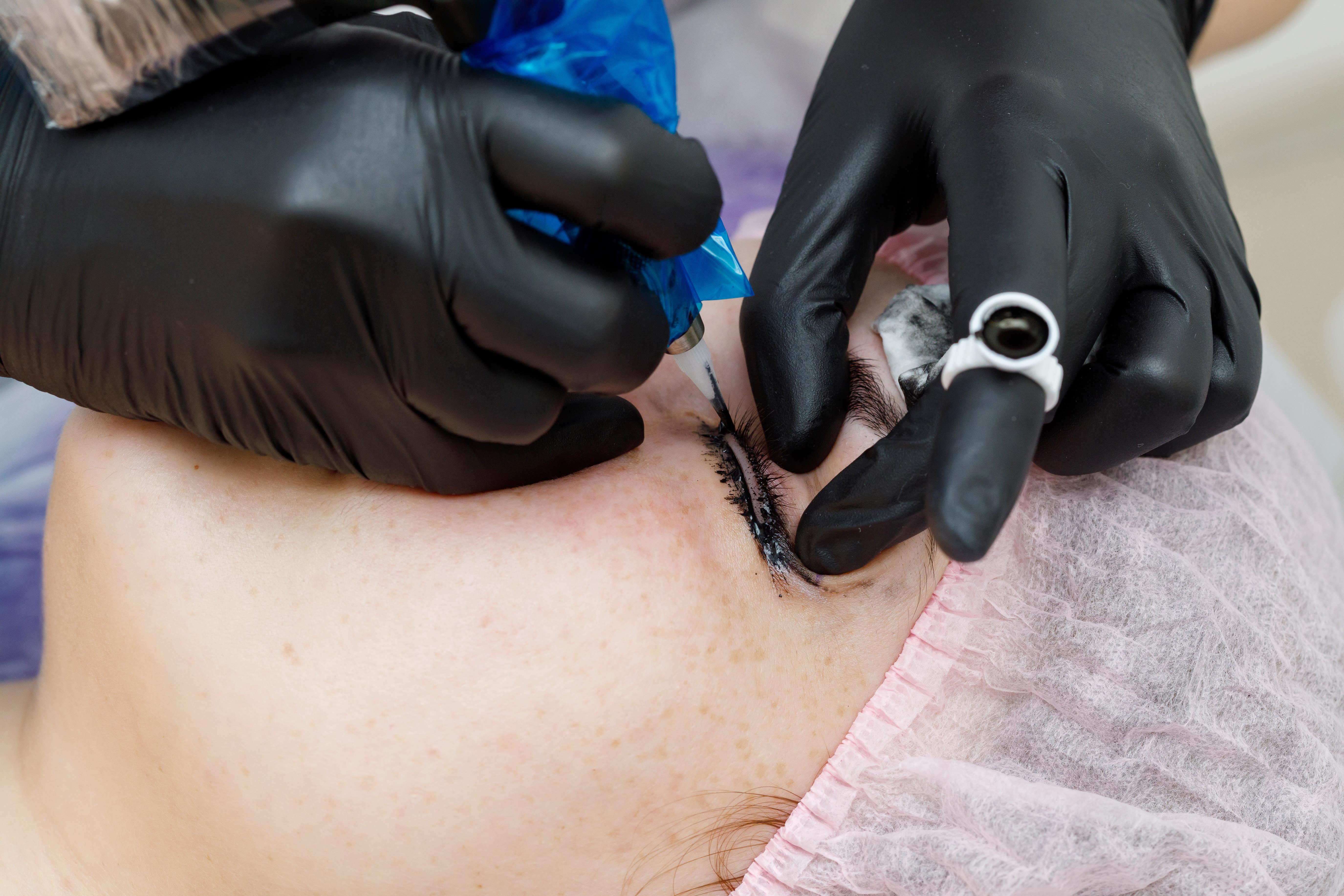In her presentation “Cosmetic Eye Enhancements (CEE): The New CEE” at the 2025 meeting of the American Academy of Optometry, Ruth Hyatt, OD, FAAO, Dipl AAO, and Son Ho, MD, addressed what ODs should know about cosmetic eye enhancements—from the chemicals used during treatments, to complications associated with various procedures, such as ocular allergies and nonallergic ocular conditions.
Chemicals
False eyelash users can be exposed to formaldehyde-containing glues (13% of consumer products and 75% of professional glues) and ethyl cyanoacrylate, which is the main glue component and a cause of eyelid erythema and swelling due to an exothermic reaction. In eyebrow lamination or perms, ammonium thioglycolate and thioglycolic acid break disulfide bonds in hair proteins, according to the lecture. While effective, these chemicals may increase hair porosity, which contributes to frizz and rough texture. In some studies, these chemicals are linked to systemic hormonal disruption and may be able to penetrate thin skin and reach the bloodstream, attendees learned.

Allergies
False eyelashes can cause allergic blepharitis, and allergens in lash lifts and tints cannot be removed once applied. Reactions may persist until the lash cycle completes (~3 months). In eyebrow tinting, allergic conjunctivitis and contact dermatitis is often caused by p-phenylenediamine. Although iron oxide pigments in microblading or tattooing are considered low risk for allergic reaction, such reactions can still occur, Dr. Hyatt pointed out. She also stressed that allergic and inflammatory reactions require careful evaluation because they may mimic ocular surface disease.
Acute management of allergic reactions include cleaning the affected area and employing topical steroids. Referral is appropriate if complications persist. Reassurance for patients who have adverse reactions is also important, Dr. Hyatt said. Finally, distinguishing between complications (eg, infection, allergic response) and cosmetic dissatisfaction (such as pigment changes or shape concerns) is critical for appropriate patient management, she said.
Nonallergic Ocular Conditions
Other ocular risks related to false lashes include inflammation from fibers embedded into ocular tissue and keratoconjunctivitis. Blepharopigmentation (cosmetic tattooing) comes with risks of cutaneous or blood-borne infection, eyelash loss, necrosis, entropion, and ulcerative blepharitis. Eczema, contact dermatitis, and alopecia are concerns with eyebrow lamination/perms, according to the lecture. Additionally, CEE may contribute to meibomian gland loss, tear film instability, or limbal stem cell deficiency in dry eye.
"Cosmetic eye enhancements are safe," said Dr. Hyatt. Still, she summarized, "it is important to be aware of the chemicals involved, to determine allergy risk and when patch testing may be warranted, and to recognize true complications vs disappointing results." OM



